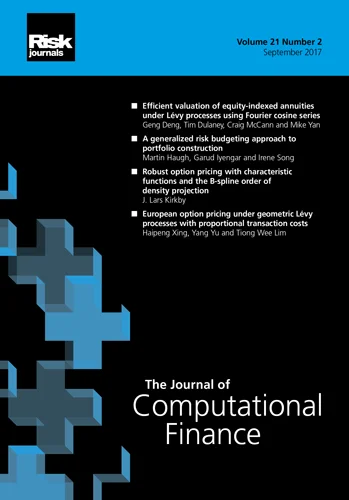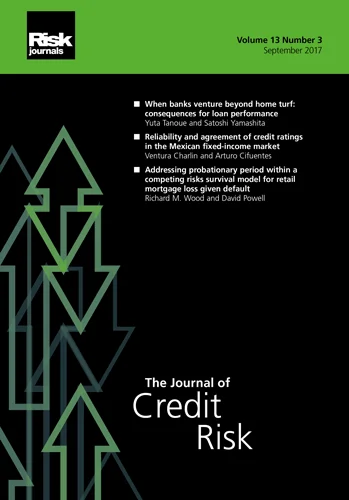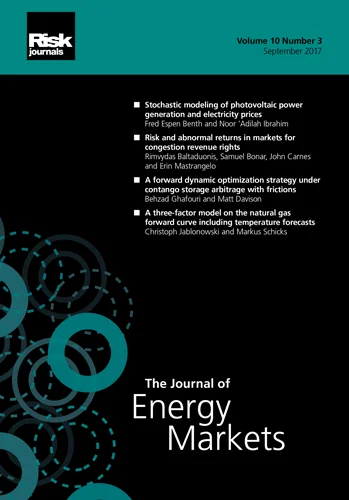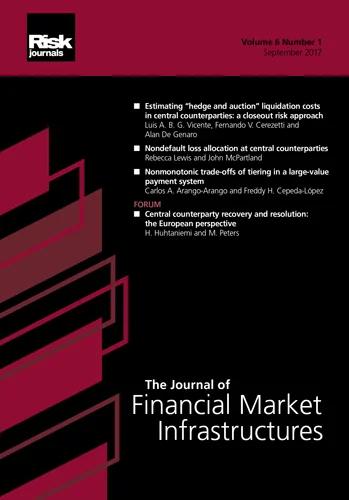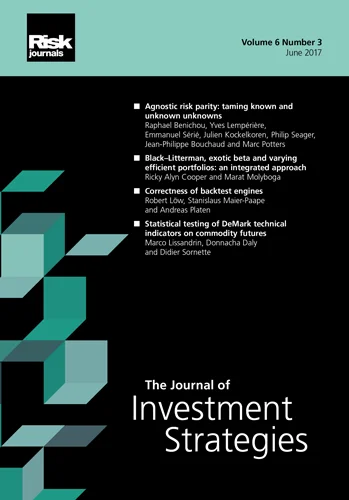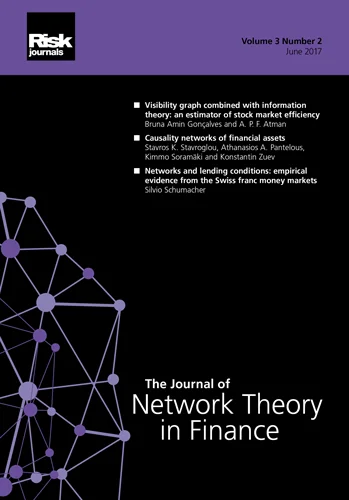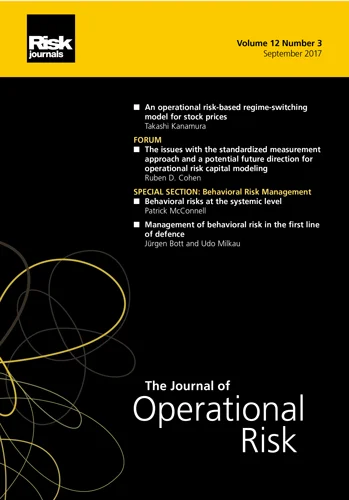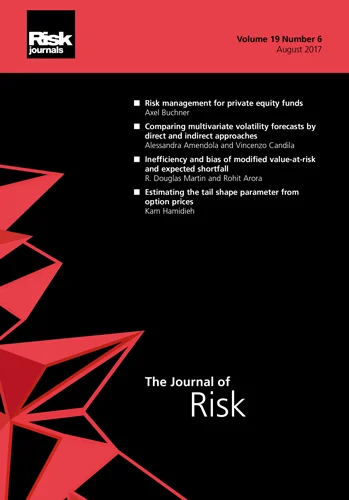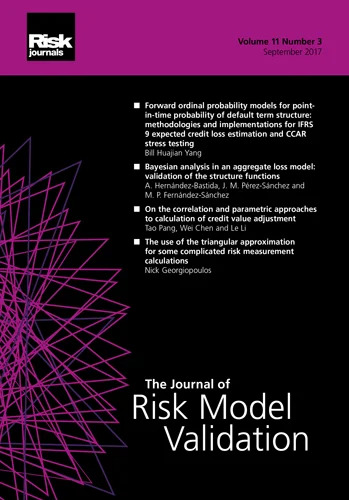Journal of Risk Model Validation
ISSN:
1753-9587 (online)
Editor-in-chief: Steve Satchell

Need to know
- The choice of the time-scaling method significantly affects VaR model accuracy, especially for longer investment horizons.
- Distributional scaling (HPR) outperforms traditional SQRT scaling in capturing tail risks, particularly for BHSVaR and CVaR models.
- Financial institutions should consider alternative scaling methods to enhance VaR model performance for better risk management and capital adequacy.
Abstract
This paper investigates the impact of time-scaling methods on the accuracy of value-at- risk (VaR) models. We compare the performance of traditional square-root-of-time scaling with a proposed distributional scaling method using both simulated and real-world market data. Our findings reveal that the choice of scaling method significantly affects VaR accuracy, particularly for models such as bootstrapped historically simulated VaR and conditional VaR at higher investment horizons. While traditional VaR models often exhibit high backtesting failure rates, our results suggest that appropriate scaling can mitigate these shortcomings. Our study underscores the importance of carefully selecting scaling methods and considering alternative risk modeling approaches to enhance risk management practices in the face of nonnormal market behavior and tail risks.
Copyright Infopro Digital Limited. All rights reserved.
As outlined in our terms and conditions, https://www.infopro-digital.com/terms-and-conditions/subscriptions/ (point 2.4), printing is limited to a single copy.
If you would like to purchase additional rights please email info@risk.net
Copyright Infopro Digital Limited. All rights reserved.
You may share this content using our article tools. As outlined in our terms and conditions, https://www.infopro-digital.com/terms-and-conditions/subscriptions/ (clause 2.4), an Authorised User may only make one copy of the materials for their own personal use. You must also comply with the restrictions in clause 2.5.
If you would like to purchase additional rights please email info@risk.net
